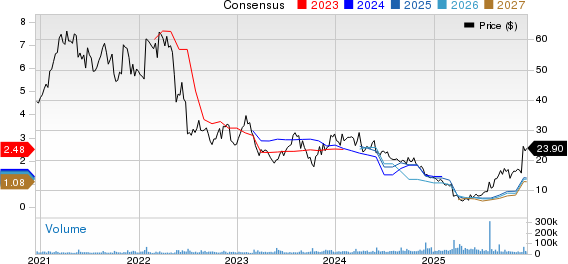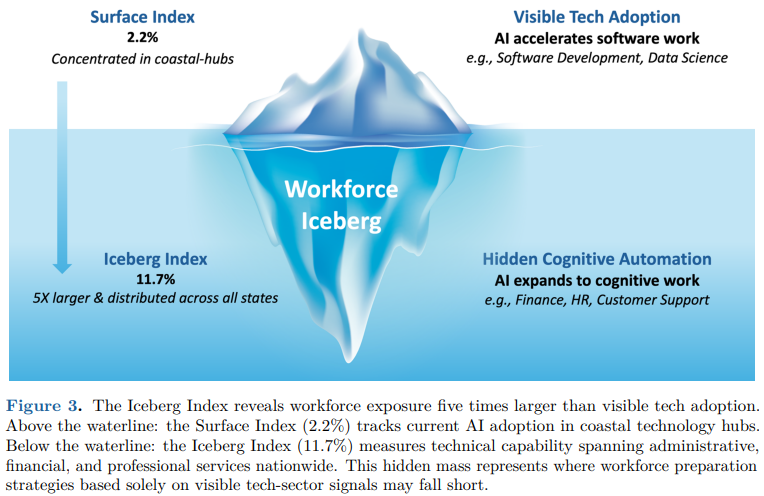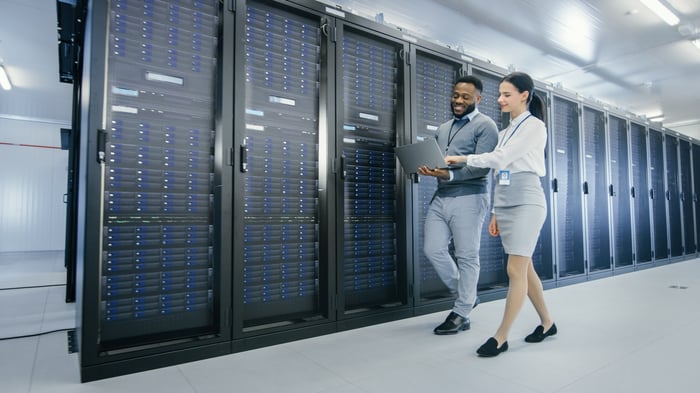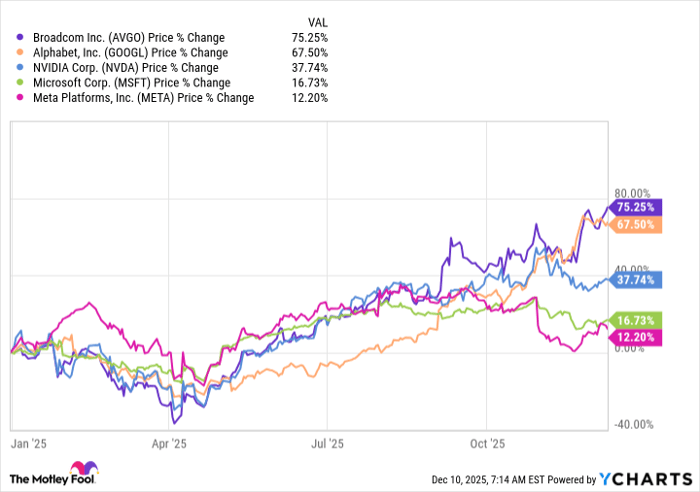
For years, skepticism cast a shadow on Tesla, Inc. (NASDAQ:TSLA). Despite my persistent reservations and opposition to it being labeled a technology company, the tides have shifted. On May 6th, 2022, my article pondering TSLA’s 85.26% overvaluation stirred furious debate. As predicted, the stock price sagged from $295.67 to $112.71 by 2022’s end, a painful 61.88% descent.
However, a metamorphosis is afoot. My stance has evolved from bearish to neutral, reflecting TSLA’s expanding horizons beyond automotive pursuits. The post-Q4 earnings era saw TSLA stumble by 12.13%, triggering despair among institutional investors like Dan Ives, who publicly derided the results as a “trainwreck.”
Embracing this shift, I have begun purchasing TSLA shares, utilizing fresh capital rather than just relying on my wife’s ownership. My decision is motivated by a long-term view—a conviction that TSLA might dominate the S&P 500 by 2030. This sentiment isn’t a fleeting trade; it’s a foundational investment.
Despite my position, I warn against blind adherence to my strategy, as I anticipate further declines in TSLA’s trajectory, a sentiment that doesn’t daunt me in the slightest.

Reevaluating Tesla’s Prospects
Initially bearish due to TSLA’s lofty valuations hinged solely on automotive profits, my skepticism softened as TSLA diversified its revenue streams and attained a more compelling valuation. Although some aspects of the bullish narrative remain unconvincing, my stance pivoted due to four compelling factors, prompting me to inch towards a long-term bullish view, spanning a duration of 5-10 years.

Challenges on the Horizon
Mitigating my newfound optimism are a litany of potential pitfalls. TSLA’s transition beyond a carmaker hinges on flawless execution. In 2023, automotive revenue constituted a whopping 85.17% of TSLA’s earnings, with gross profits from this segment amounting to 90.77%. Furthermore, TSLA’s margins have been squeezed due to price cuts, and sustaining this strategy while expanding manufacturing may impede margin growth, potentially jeopardizing earnings per share estimates.
Another menacing hurdle is TSLA’s foray into the sub $25,000 market with their next-gen vehicle. Should they falter, it could diminish their capacity to tap into a vast market segment and stunt their growth trajectory.
TSLA is also ensnared by forces beyond their control, such as macroeconomic headwinds. Elon Musk himself acknowledged the threat posed by soaring rates, which not only strain margins but also limit consumer purchasing power. Furthermore, polarization surrounding EVs and TSLA, catalyzed by Musk’s own polarizing persona, poses a latent risk.
Furthermore, the realization of Ark Invest’s speculative theories, particularly regarding Full Self-Driving (FSD), looms as a nebulous milestone. Even if perfected, its monetization and widespread adoption hinge on governmental endorsement—a hurdle that could protract its viability to the mass market significantly.
The Bullish Case for TSLA: A Long-Term Investment Perspective
The path to investment success often weaves through treacherous terrain, just as the road to riches is not without its pitfalls. Tesla Inc. (TSLA) has its detractors, each one fervent in their belief that the electric automaker is overvalued. A cacophony of naysayers cast shadows on the company’s prospects, scrutinizing Tesla’s ability to transform and grow, pigeonholing it solely as a car manufacturer. These critics draw attention to the risks of embracing Tesla, citing its high valuation and the distant horizon of its ambitious Robotaxi project. Yet, for a particular cohort of investors, these very same hazards imply opportunity, not peril. They believe that within the tempest of uncertainty, Tesla’s stock is a gem waiting to be discovered.
Facing the Risks Head-On
Acknowledging the perils that lie in wait, the astute investor is not blind to the challenges that confront Tesla. Regulatory hurdles stand as the first sentinels in the perilous path towards full self-driving (FSD) integration, and the subsequent question looms – will the public willingly embrace an autonomous future?
Furthermore, Tesla stands as the costly outlier among its peers, laying claim to the unwanted title of producing the least amount of operational cash flow compared to its counterparts. With the steepest price to free cash flow valuation, Tesla fails to fit neatly into the mold cast by its contemporaries. In the eyes of traditionalists, Tesla’s valuation is a catalyst for concern.
Optimism Against the Odds
Undeterred by the cacophony of skepticism, some investors perceive a different reality, one where the risks are not red flags, but rather, stepping stones towards future growth. They envision a Tesla that transcends the narrow definition of an automaker, burgeoning into an entity whose impact stretches far beyond the confines of its core business.
The fabled Optimus Bot and its promise to revolutionize not only the automotive industry but also to upend the dynamics of the labor market, serves as one of the pillars of hope for long-term Tesla investors. The prospect of a machine replacing both white-collar and blue-collar jobs is not mere fantasy for this camp; it is a vision of a new world order, backed by the potential for mass adoption.
Indeed, the tantalizing prospect of Optimus Bot as a household adjunct, deftly managing menial tasks, is not lost on these forward-thinking speculators. Their belief extends beyond mere conjecture, painting a future where the Bot is not just a one-time purchase, but a recurring source of revenue as learning plans unfold and a network of Bots grows exponentially.
Embracing the Visions of Tomorrow
Looking to the future, the faithful remain unwavering in their support for Tesla’s autonomous driving aspirations. They see the potential to not only create a seamless network of self-driving vehicles but also to license this technology, transforming Tesla into a powerhouse that propels the entire automotive industry into this new era.
With fervent conviction, these investors foresee the sub-$25,000 vehicle as a means to democratize Tesla’s offerings, transforming the company from a niche luxury marque into a formidable force that could rival the established giants in the ride-sharing industry.
Steadfast Commitment Amidst Uncertainty
In the face of doubt and disparagement, these investors refuse to blink. They remain determined to capitalize on Tesla’s prowess and are resolute in their pursuit of this opportunity. As Tesla’s stock fluctuates precariously, they see not volatility but a chance to build their position, confident that in the long run, their resilience will be rewarded.
To them, Tesla is not merely a company; it is a bellwether of innovation, a precursor of change, and an emblem of tomorrow. Despite the derision and skepticism, they stand by their beliefs, underscoring the notion that perceptions are transient, but innovation is enduring.











